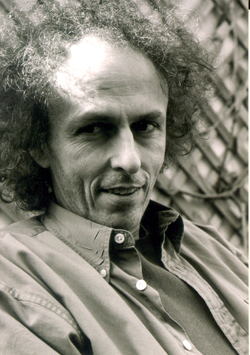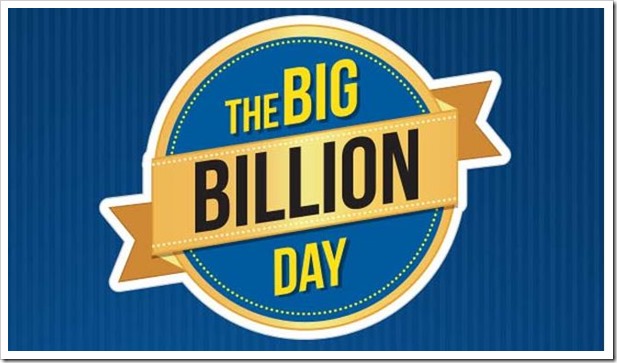A few days back an email popped up, asking us, why had we stopped writing on real estate. We would like to assure the reader that we haven’t stopped writing on real estate, just that we have taken a break from writing on the topic.
It’s just that it is very difficult to write new things about Indian real estate in a scenario where very little data is available. But yesterday while reading a book we came across a concept from behavioural economics which weaves in beautifully with the real estate scenario that prevails in India currently. So, let’s discuss that in today’s edition of the Diary.
In his book A Man for All Markets—From Las Vegas to Wall Street, How I Beat the Dealer and the Market, Edward O Thorp discusses the concept of anchoring in real estate. As he writes: “Anchoring is a subtle and pervasive aberration in investment thinking. For instance, a former neighbour, Mr Davis (as I shall call him), saw the market value of his house rise from his purchase price of $2,000,000 or so in the mid-1980s to $3,500,000 or so when the luxury home prices peaked in 1988-1989. Soon afterward, he decided he wanted to sell and anchored himself to the price of $3,500,000.”
And this is when the troubles of Mr Davies began. Luxury home prices started to fall pretty soon. But Mr Davies was anchored to a price of $3,500,000. While the price of $3,500,000 had meaning to Mr Davies, it did not have any meaning to the market in which he was trying to sell his house because the prices had come down. In fact, that is exactly how anchoring is defined. As John Allen Paulos writes in A Mathematician Reads the Stock Market: “We… become attached to any number we hear. This tendency is called the “anchoring effect”.”
Anyway, getting back to the story of Mr Davies. As he hung on to his “anchored” price, he didn’t find any buyers for his house. As Thorp writes: “During the next ten years, as the market price of his house fell back to $2,200,000 or so, he kept trying to sell at his now laughable anchor price. At last, in 2000, with a resurgent stock market and a dot-com-driven price rise in expensive homes, he escaped at $3,250,000.”
In the end Mr Davies ended up selling the house at more or less his anchored price. Of course, what he forgot or perhaps ignored in the process of being anchored to the price that he was, was that there is a certain time value of money. As Davies writes: “In his case, as often happens, the thinking error of anchoring, despite the eventual sale price he achieved left him with substantially less money than if he had acted otherwise.”
The point being that if Davies had sold at a price slightly lower than his anchored price and invested the money somewhere else, he would have ended up with more money by 2000, than the $3,250,000 he managed for the house.
Now how is this concept of anchoring relevant in the Indian context? In a weak real estate market the dangers of anchoring are faced by the seller of a house. This is precisely what is happening in India right now. Over the last few years, in many markets in the country, real estate prices have fallen. Despite this, many sellers are still anchored on to the peak price their home had achieved a few years back. I see this phenomenon play out very well in and around Delhi.
And given this, they aren’t ready to sell at the current market price. In some other cases, the home prices have been stagnant over the last few years. And investors are anchored to a higher price at which they are likely to make a good return on their real estate investment. I see this phenomenon play out in cities like Pune. These investors are also not in a mood to sell.
This has essentially led to a situation where real estate transactions have crashed across many markets in the country but the prices haven’t. This isn’t good for the real estate market because unless homes that have already been built are sold to buyers who want to live in them (and not invest), the huge inventory of built up homes with no one living in them, won’t clear.
Unless this inventory clears, no new homes will be built or homes will not be built at the same pace as they were in the past. And the new homes that will be built will only add to the inventory of homes that is already there. Clearly, we have a problem here. Also, with the home owners anchored on to a price, they will lose money in the years to come, given that it is highly unlikely that real estate prices will go up or even if they go up, they will not go up at the rate that they did in the past.
Meanwhile, the home owners will have to bear the cost of maintenance, property tax etc. Hence, overall, they will lose money on their real estate investment. In fact, they might just be better off by selling their home and investing the money even in a fixed deposit.
But that of course is not going to happen given that the idea that real estate prices only go up, is highly ingrained (or should I say we are anchored to it) in us Indians. And that is not going to change anytime soon.
The column originally appeared on Equitymaster on March 23, 2017




